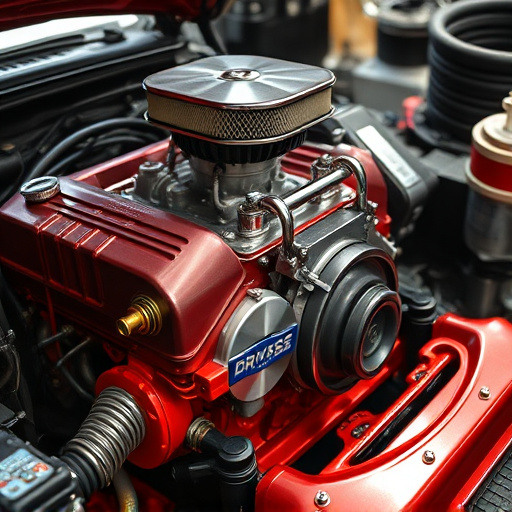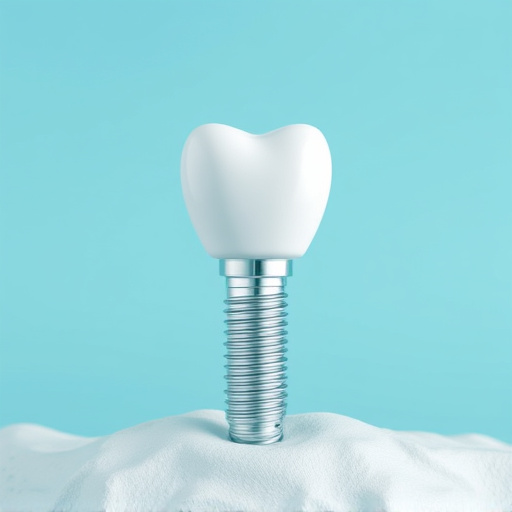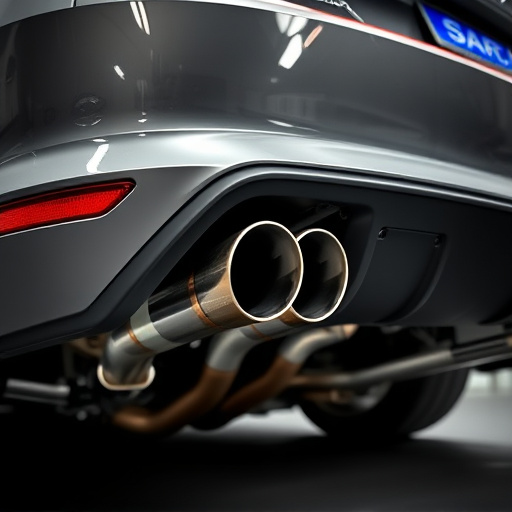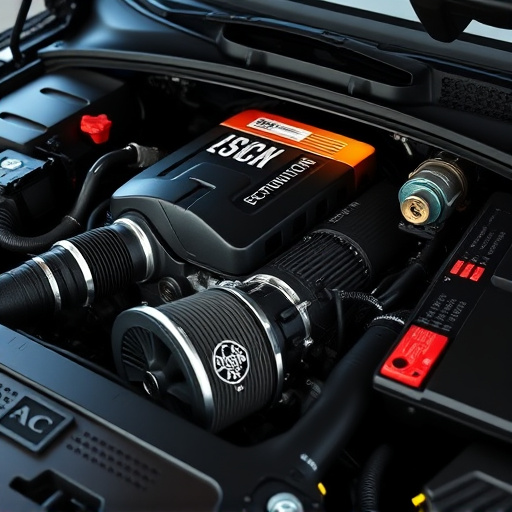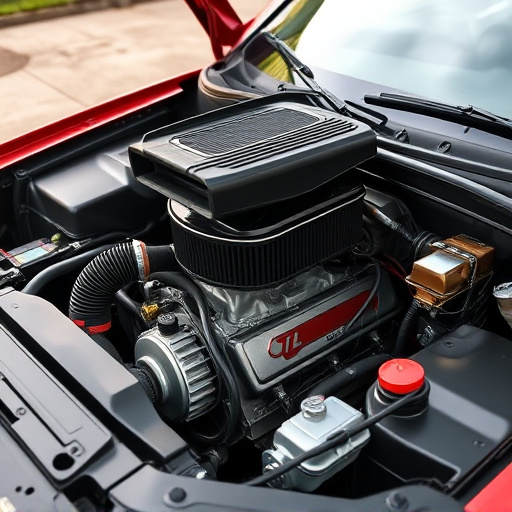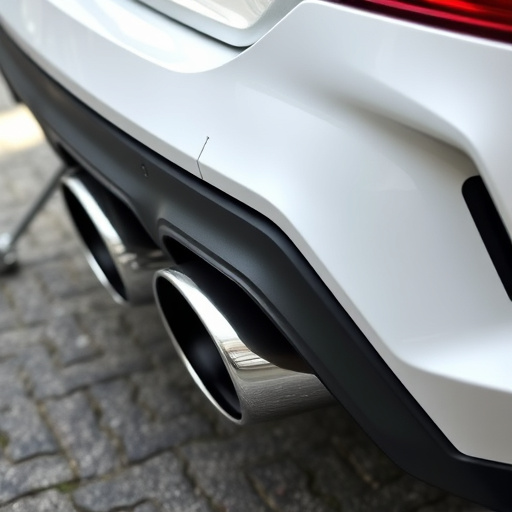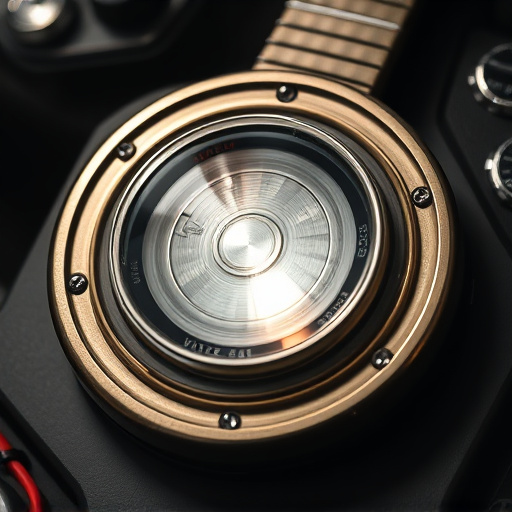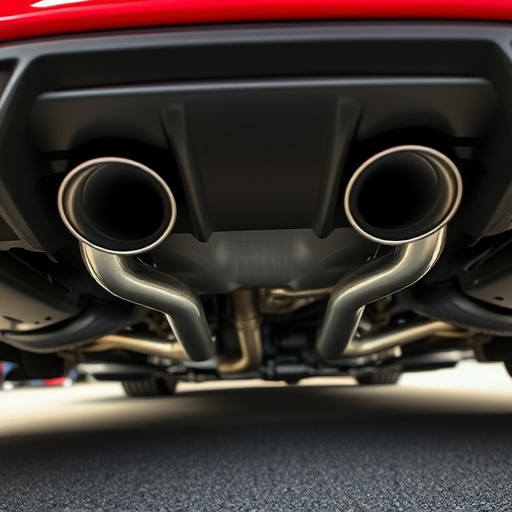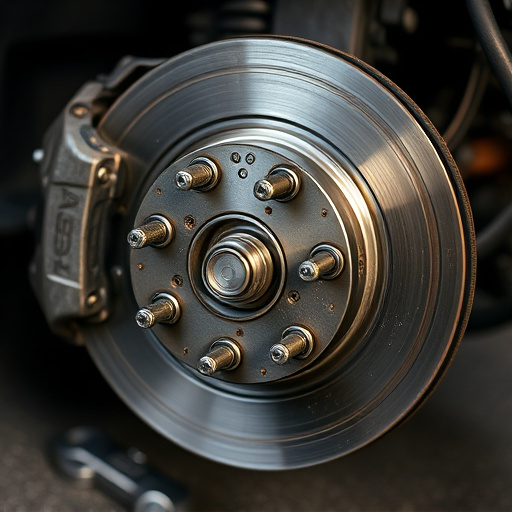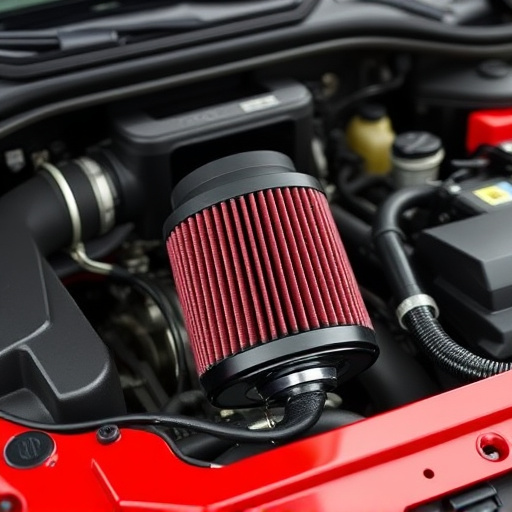Turbo Back Exhaust Systems offer significant performance gains by reducing back pressure but may introduce drone (low-frequency hum). Mitigating drone involves strategic design choices, such as acoustic treatments and optimized tube geometry, along with high-quality components. Best practices for maintaining a quiet ride include regular part inspection, using durable components, integrating optimized air intake systems, keeping filters clean, and ensuring proper tire pressure & brake rotor cleanliness.
Drone noise from turbo back exhaust systems can be frustrating. This comprehensive guide tackles drone issues head-on, providing practical solutions for a quieter ride. We begin by demystifying turbo back exhaust systems, explaining how and why drones occur.
Next, we explore effective strategies to minimize drone, leveraging industry insights and expert tips. Finally, discover best practices for maintenance, ensuring your turbo back exhaust system operates seamlessly and silently. Silence the drone and reclaim your peaceful ride.
- Understanding Turbo Back Exhaust Systems and Drone Issues
- Strategies to Minimize Drone in Turbo Back Exhaust Systems
- Best Practices for Maintaining a Quiet Ride: Tips and Tools
Understanding Turbo Back Exhaust Systems and Drone Issues
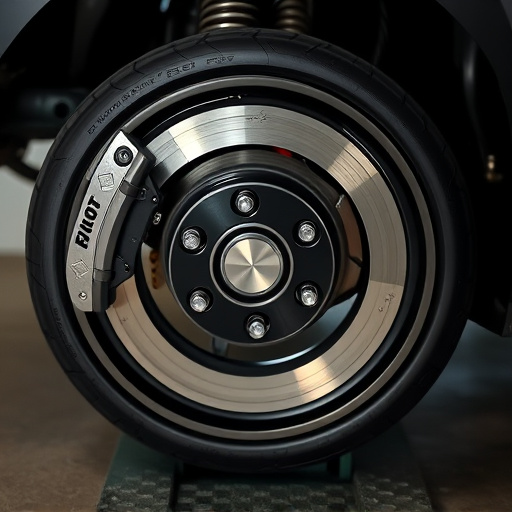
Turbo Back Exhaust Systems are designed to enhance vehicle performance by allowing exhaust gases to flow more freely from the engine to the rear of the car. Unlike traditional cat back exhaust systems, which typically include a catalytic converter and muffler, turbo back setups eliminate these components, reducing back pressure and improving gas flow. While this design offers significant advantages in terms of power and efficiency, it can also give rise to drone issues.
Drone refers to a continuous, low-frequency hum or noise that occurs when exhaust gases vibrate at specific frequencies within the exhaust system. This phenomenon is often more pronounced in turbo back systems due to the absence of the catalytic converter and muffler, which would normally absorb and muffle certain sound frequencies. Understanding these systems and their inherent drone issues is crucial for drivers aiming to optimize vehicle performance while minimizing unwanted noise levels.
Strategies to Minimize Drone in Turbo Back Exhaust Systems
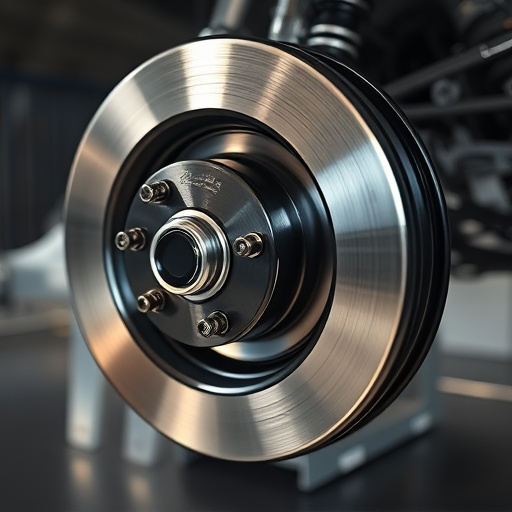
Minimizing drone in turbo back exhaust systems involves a combination of carefully designed components and strategic placements. One effective approach is to incorporate acoustic treatments within the exhaust path. These treatments, often made from sound-absorbing materials like glass wool or specialized foams, help to break up sound waves, reducing resonance and drone frequencies. Additionally, optimizing the length and geometry of exhaust tubes can significantly impact drone levels; longer, more winding paths can disrupt and dissipate low-frequency noise, while strategic bends and twists further enhance sound scattering.
Another key strategy is to focus on high-quality, well-designed exhaust components such as cat back exhaust systems or muffler tips. These parts should be crafted with precise engineering to ensure they not only facilitate efficient gas flow but also suppress noise effectively. Exhaust tips play a crucial role in the overall sound signature; carefully chosen and properly fitted tips can enhance performance while minimizing drone, contributing to a more balanced and desirable exhaust note. By combining these strategies, turbo back exhaust systems can deliver both powerful performance and a refined acoustic experience.
Best Practices for Maintaining a Quiet Ride: Tips and Tools
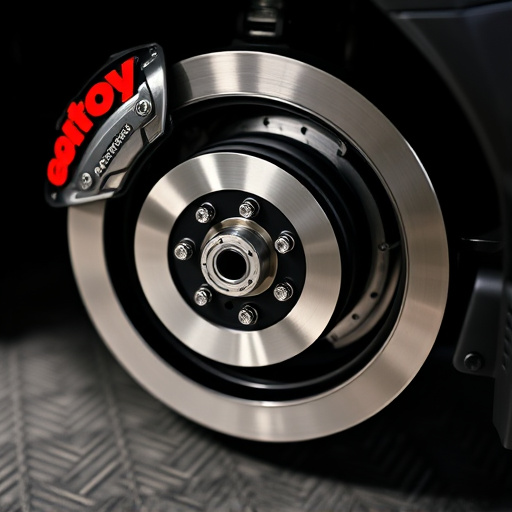
Maintaining a quiet ride is essential when enjoying the enhanced performance of a turbo back exhaust system. To ensure minimal drone and a smooth driving experience, several best practices can be employed. Regularly inspecting and replacing faulty or worn parts, such as damaged exhaust hangers or loose connections, can significantly reduce unwanted noise levels. Utilizing high-quality, precision-engineered components specifically designed for your turbo back setup is crucial. These parts are often constructed from durable materials that minimize vibrations, dampen sound effectively, and ensure a tight seal to prevent leaks.
Additionally, considering the integration of performance exhaust systems with optimized air intake designs can further enhance noise reduction. By ensuring optimal airflow and turbine efficiency, these systems can reduce backpressure in the turbocharger, leading to quieter operation. Regular cleaning of the air intake filters and maintaining proper inflation pressure for your tires also contribute to a smoother ride. Remember that even well-maintained brake rotors play a role; keeping them clean and free from debris ensures they operate silently during braking maneuvers, further contributing to an overall quieter turbo back exhaust experience.
Drone in turbo back exhaust systems can significantly degrade the driving experience, but with the right strategies and best practices, it is manageable. By understanding the root causes of drone and implementing tailored solutions, you can ensure a quiet and smooth ride. Regular maintenance using the suggested tips and tools will help keep your turbo back exhaust system running efficiently and quietly. Remember, addressing drone issues proactively enhances both vehicle performance and overall driver satisfaction.


